After six decades, this Wichita favorite finally is inducted into the Hall of Fame
Wichita’s Round Mound of Sound finally has made it.
The Cotillion, a popular Wichita venue since it opened in 1960, was inducted into the Kansas Music Hall of Fame Saturday.
“My initial thought was, ‘It’s about time,’ ” said former owner Richard Leslie, whose namesake father was one of 21 investors to start it.
“The Cotillion’s contributed a lot over the years to music.”
The distinctive domed building at 11120 W. Kellogg has played host to a variety of famous musicians, from big band swingers and country crooners to heavy metal bangers and hip hop rappers.
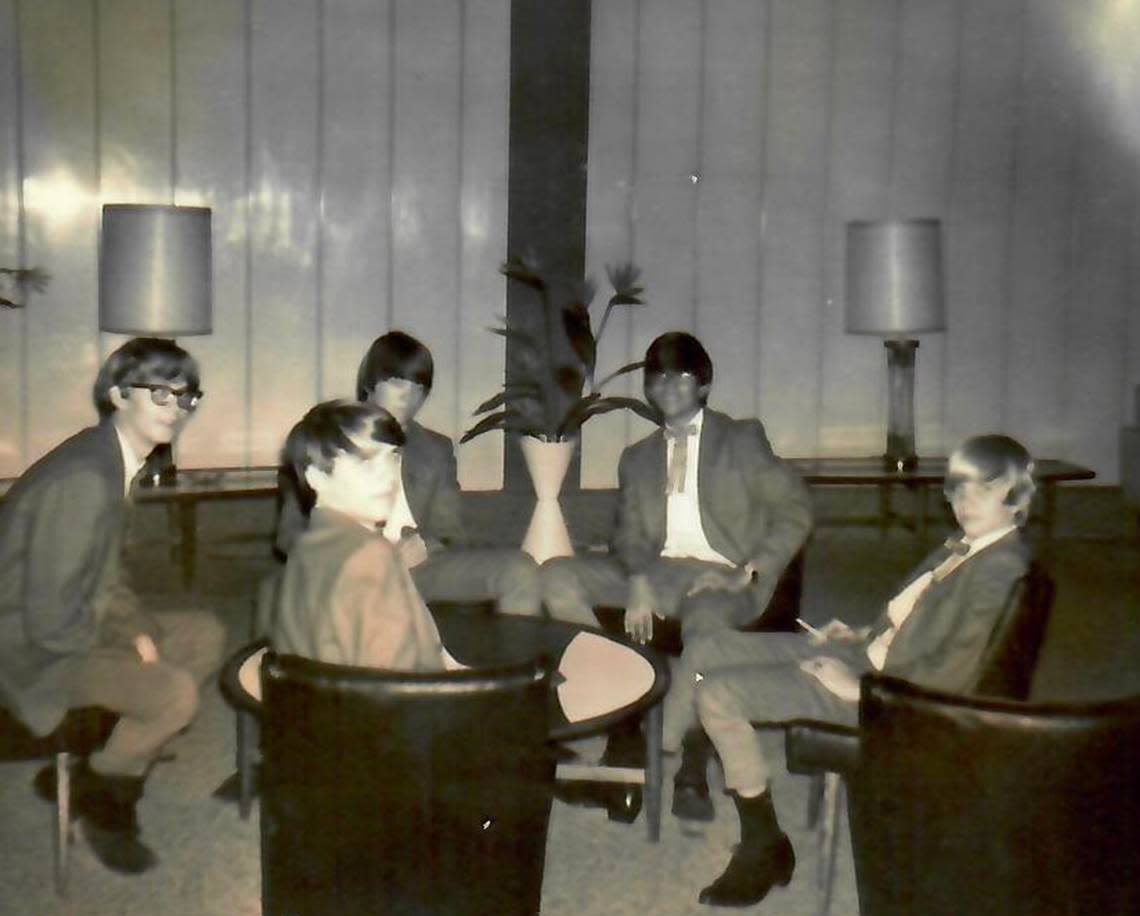
It’s also been a place for fancy cats to strut their stuff in shows, unaware cattle to stroll through while being auctioned and debutantes in white to be presented to society.
Roller derby gals have whizzed around the floating maple dance floor, where polkas and waltzes once reigned, and Chippendales have disrobed there.
Throughout all the decades, there’s been one constant: the venue’s distinctive sound.
Jazzman Stan Kenton played the Cotillion numerous times, Leslie said, and, “He really liked the acoustics of the building.”
He wasn’t alone.
“These artists really appreciated the room they were in,” said Alex Thomas, who now owns the business with Adam Hartke.
After the audience cleared out following a show one night a few years ago, Joey Santiago of the Pixies walked to the center of the ballroom floor with its 24-foot ceiling for a sound check simply for his own amusement.
“He starts clapping his hand and listening to the acoustics,” Thomas said.
“They don’t build them like that anymore.”
The Cotillion’s proscenium stage, which looks like an old-school band shell, isn’t conducive for some acts with large screens to play there.
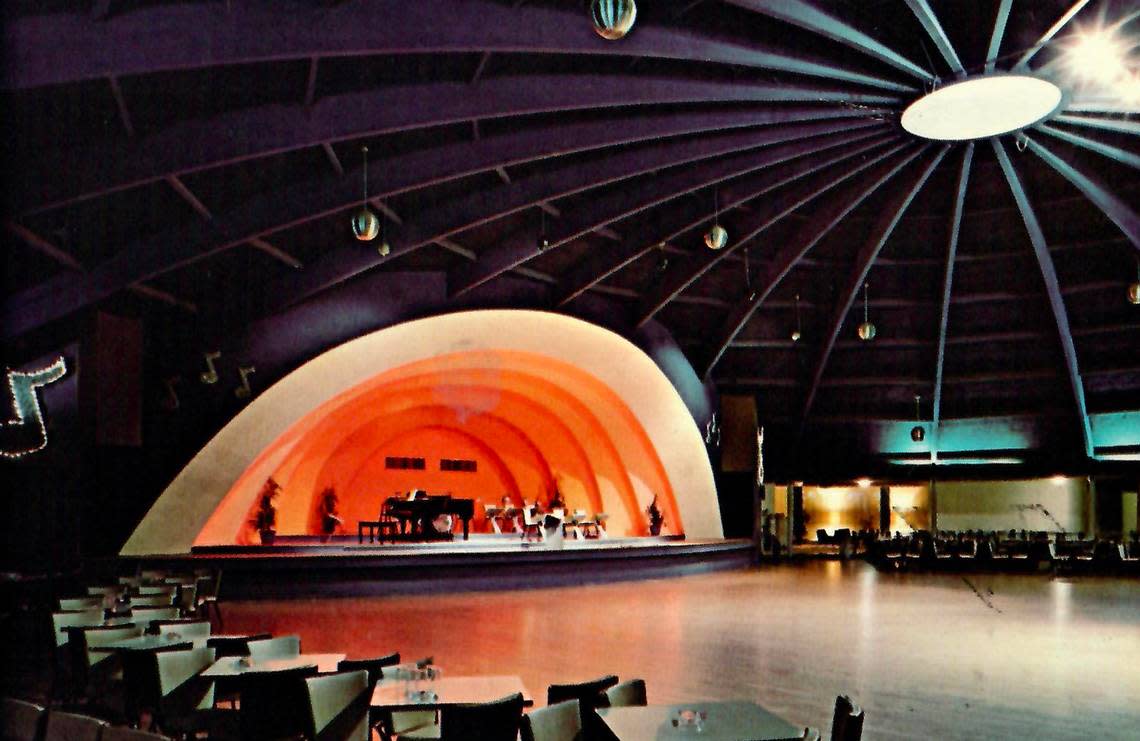
“It’s kind of unique,” Leslie said. “When bands used to come through, they’d say, oh, it’s like a miniature Hollywood Bowl.”
Bands that have visited haven’t seemed to mind that the stage remains retro, Thomas said.
“They knew they were in a classic space.”
By design
In the late 1950s, almost two decades before the Kansas Coliseum venue opened, real estate developer Jad Wolf had the idea for the Cotillion.
“The big band era was still going strong at the time,” Leslie said. “So they were going to do kind of Las Vegas-style shows with big bands.”
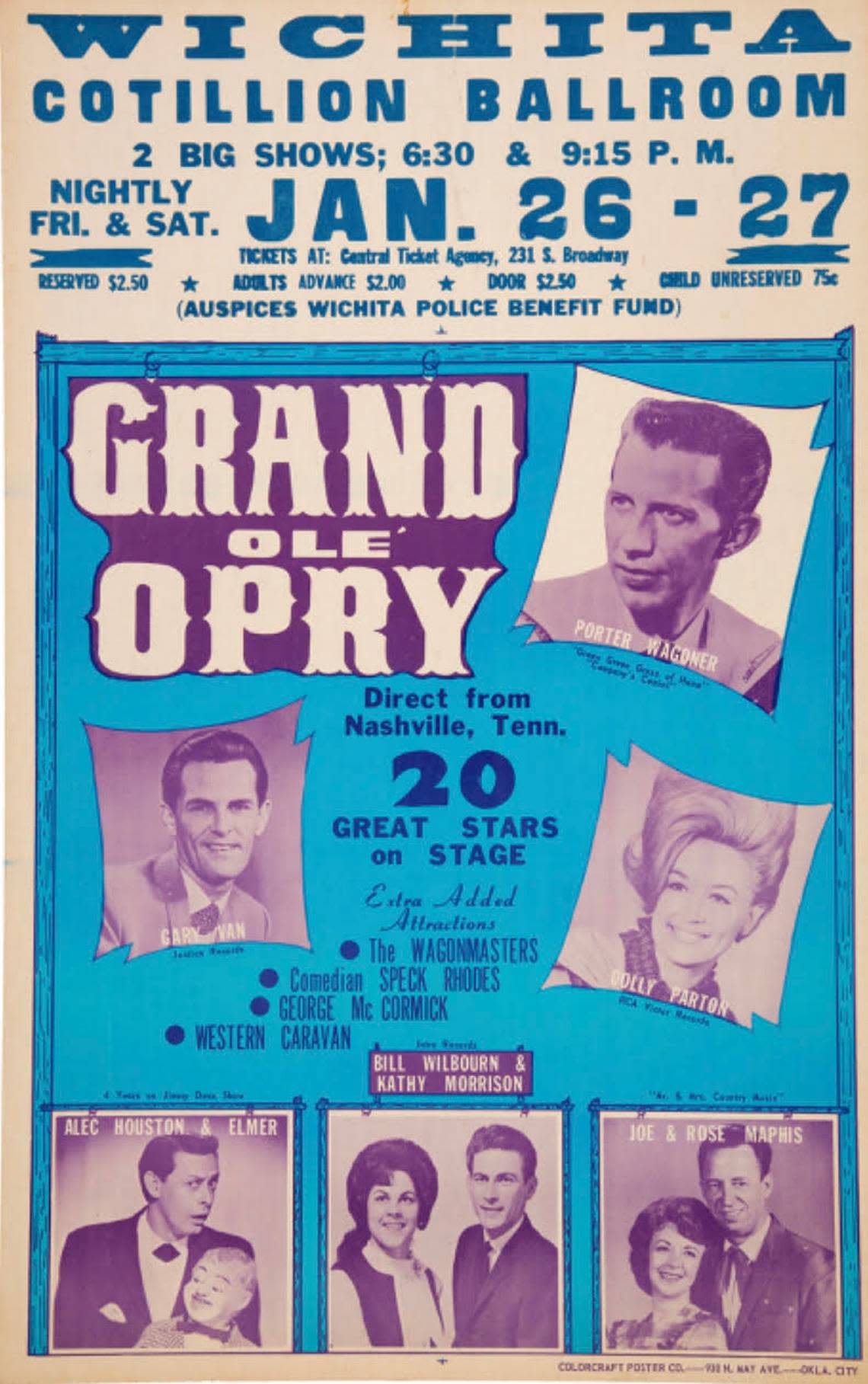
With its location between 119th and Maize Road, the Cotillion can seem a bit on the fringes of Wichita even today but was especially so then.
Leslie said he’s not sure why that site was chosen except “I think the land was available.”
The 28,500-square-foot wood-framed building opened on Dec. 7, 1960, and soon featured acts such as the Duke Ellington Orchestra, Louis Armstrong, Roger Miller and Danny Thomas.
Some acts that came through stayed at Wolf’s house.
The Cotillion was built with a mid-century modern feel, from the curvature of the building to the starbursts on some of its signs and the little blue tiles in its bathrooms, which Thomas said scream mid-century modern. There are multicolored fiberglass balls, which once were a lot brighter, that look like lollipops in front of the building.
“When we did improvements, we didn’t want to change the vibe of the place,” Leslie said.
Some of the vintage touches, such as a lot of the building’s original furniture, have been lost. Thomas said some of the original tables remain with their metal rims and Formica tops.
Leslie called the Cotillion “one of the few buildings that was actually designed for live music,” compared to arenas and stadiums built not necessarily for music but to hold a lot of people.
There’s a 2,000-person capacity, and Leslie said the building has had a lot of versatility for other events.
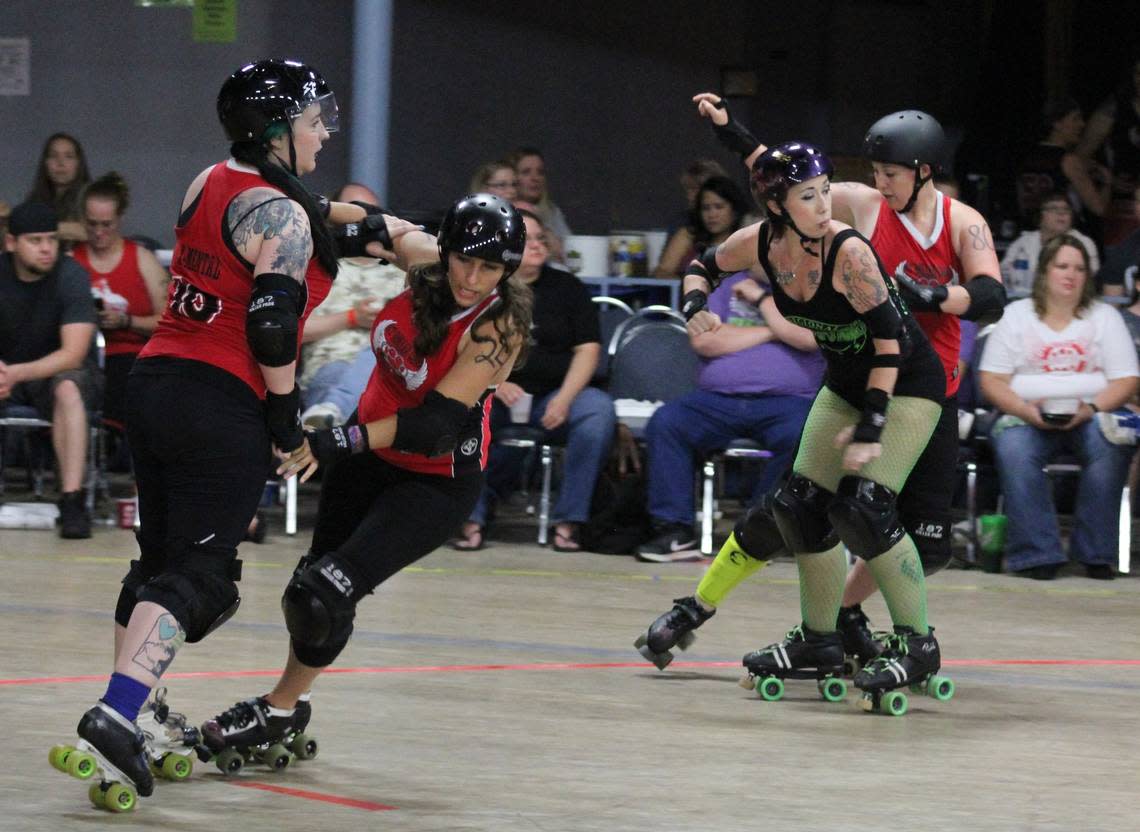
Broadcaster Larry King held an internationally televised town hall there for the 1992 presidential election.
Comedians such as Dave Chappelle, Sinbad and Larry the Cable Guy have performed there.
Leslie said in addition to the live cattle, there were mechanical bulls, too, “when the urban cowboy thing was going on.”
‘A big deal’
Even after everything it’s been subjected to, the Cotillion’s wood floor has never been replaced.
Leslie said there’s a concrete pad that has wood runners on top, and the floor sits on those so there is air between it and the concrete.
“There’s a little bit of spring in it.”
There’s been a variety of dancing at the Cotillion, including with the Over 28 Club that Wolf started.
“There was always a dance card,” said Leslie’s wife, Catherine.
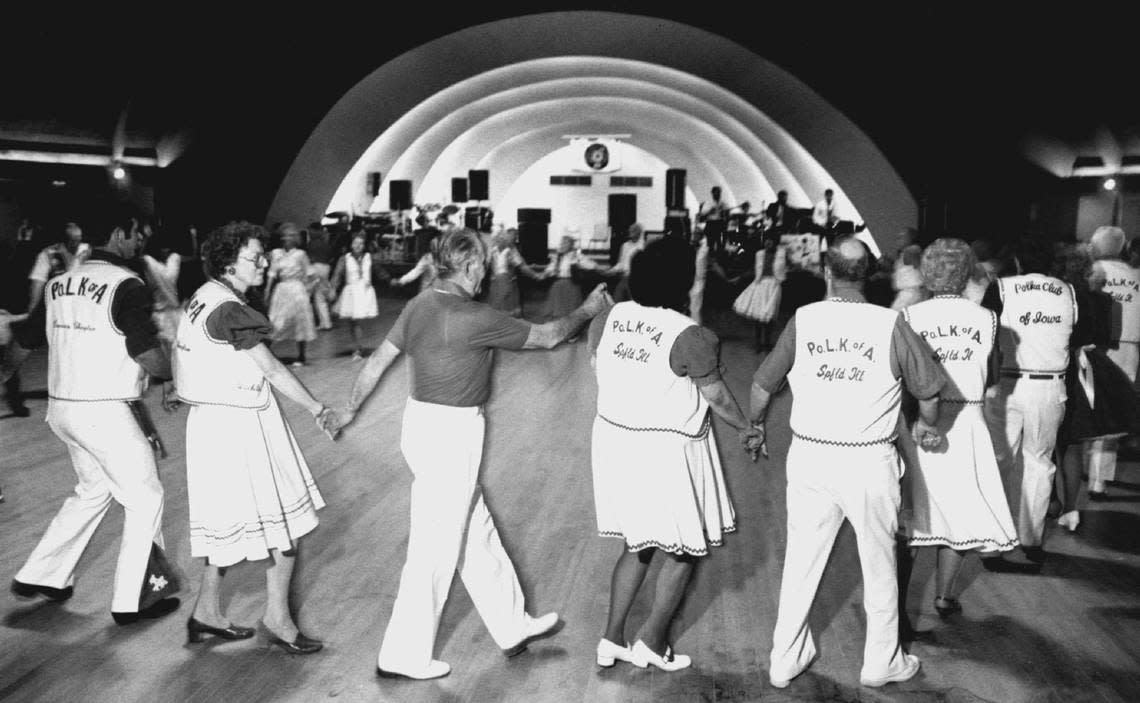
She’d never been to the Cotillion before but wound up there for the Over 28 Club one night even though she was younger.
During the dances, the band would quit playing briefly as a signal for the women to grab new partners.
“That’s why my dad affectionately called it the Granny Grab,” Catherine Leslie said.
The club had hundreds of members.
“People had their tables they liked,” Catherine Leslie said. “It was a big deal for a long time.”
On her first night at the Cotillion, Leslie met Richard, and the two married several years later. She eventually went to work at the venue in various roles, including payroll, promotions and human resources. There were a lot of odd jobs, too.
Once, when headliner B.B. King was supposed to be taking the stage, he refused to budge from his downtown hotel until a driver came to fetch him. That ended up being Catherine Leslie.
She said that “it was kind of exciting.”
And kind of strange, too, when he offered her half of the apple he was munching on.
Leslie said she helped with a lot of food at shows.
One time, she had to make sure no one ate saxophonist David Sanborn’s white fish.
“My job was to sit there and guard that fish for him,” she said.
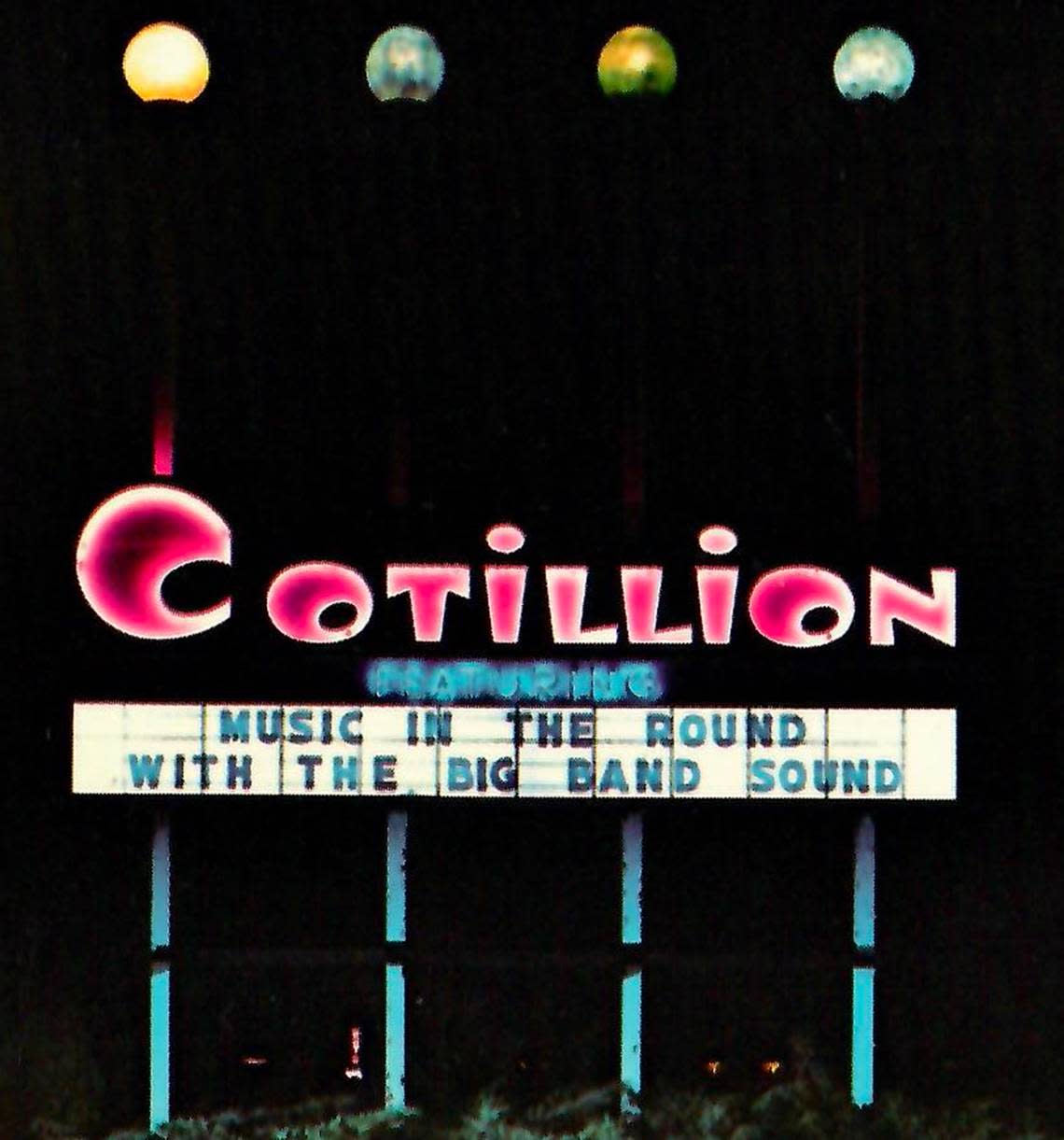
Willie Nelson had an unusual request: Brussels sprouts.
“It really stunk up the building.”
Singer Bonnie Raitt asked Leslie if she’d been the one to shop for food the night she performed.
Leslie said she was, and Raitt said, “I can tell because the men never buy Granny Smith apples.”
The lore
Thomas, who grew up in Topeka, had never been to the Cotillion until the 1990s after he joined the Wichita-area ska band Ophil.
“Then I quickly learned about its lore.”
He remembers being impressed when he walked in.
“I was like, man, this place is massive. . . . But it still felt intimate.”
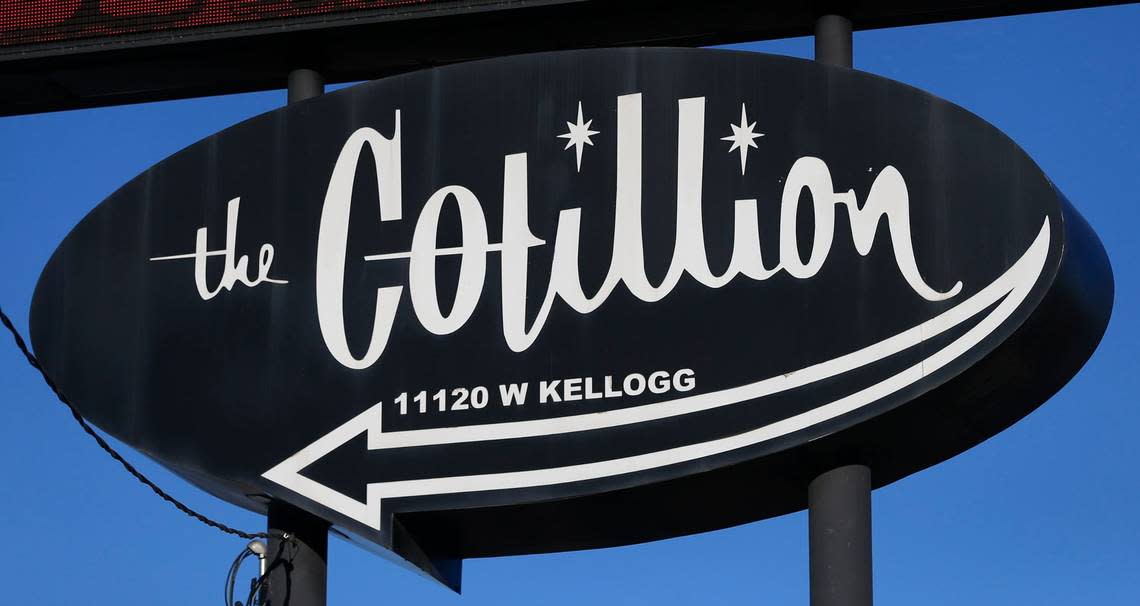
Thomas also remembers his band’s excitement when they played there for their “first kind of big-time show.”
“We’ve made it. . . . Things are going to change for us now.”
He’s learned lessons at the Cotillion over the years, too, including “it might be best not to meet the artists,” especially if he’s a big fan of someone.
For instance, when Ophil opened for the Skatalites, a popular national ska band that borrowed what they deemed Ophil’s inferior instruments for their show, “They were just kind of cruel to us.”
Even today, when Thomas is at the venue, he leaves artists alone, in part because of professional courtesy.
“They don’t need someone fan-boying over them.”
In part, it’s also because he doesn’t want to be disappointed.
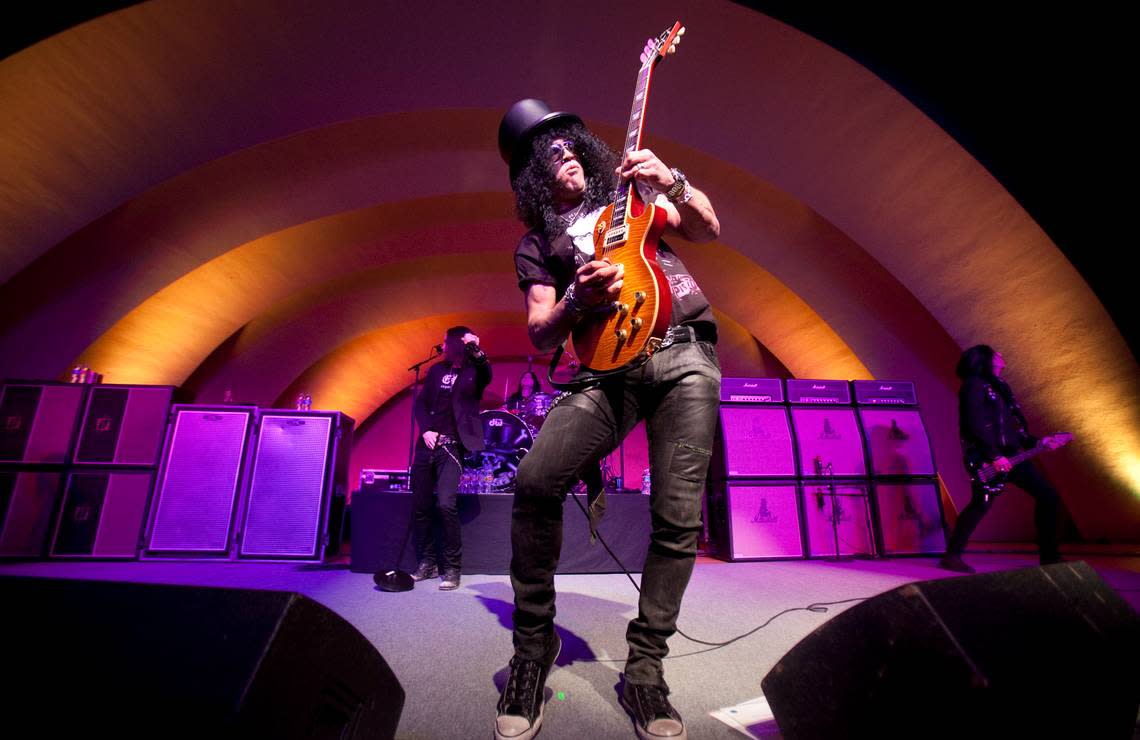
Catherine Leslie said her experience with artists was varied.
Pat Benatar had to have a group of people encircle her so no one would touch her.
Willie Nelson, who performed at the Cotillion both clean shaven and in braids in later years, would stand outside for hours to sign autographs.
“I have to say, Willie was really sweet,” Leslie said.
“Weird Al” Yankovic’s bus driver once called the police on the Cotillion from one of its pay phones because the venue wouldn’t block off a doorway so the band could leave a certain way.
“We wouldn’t do it because that’s against fire code,” Leslie said.
The cops arrived but didn’t do anything. At that point, the band had waited so long to leave, the bus got stuck in traffic, Leslie said.
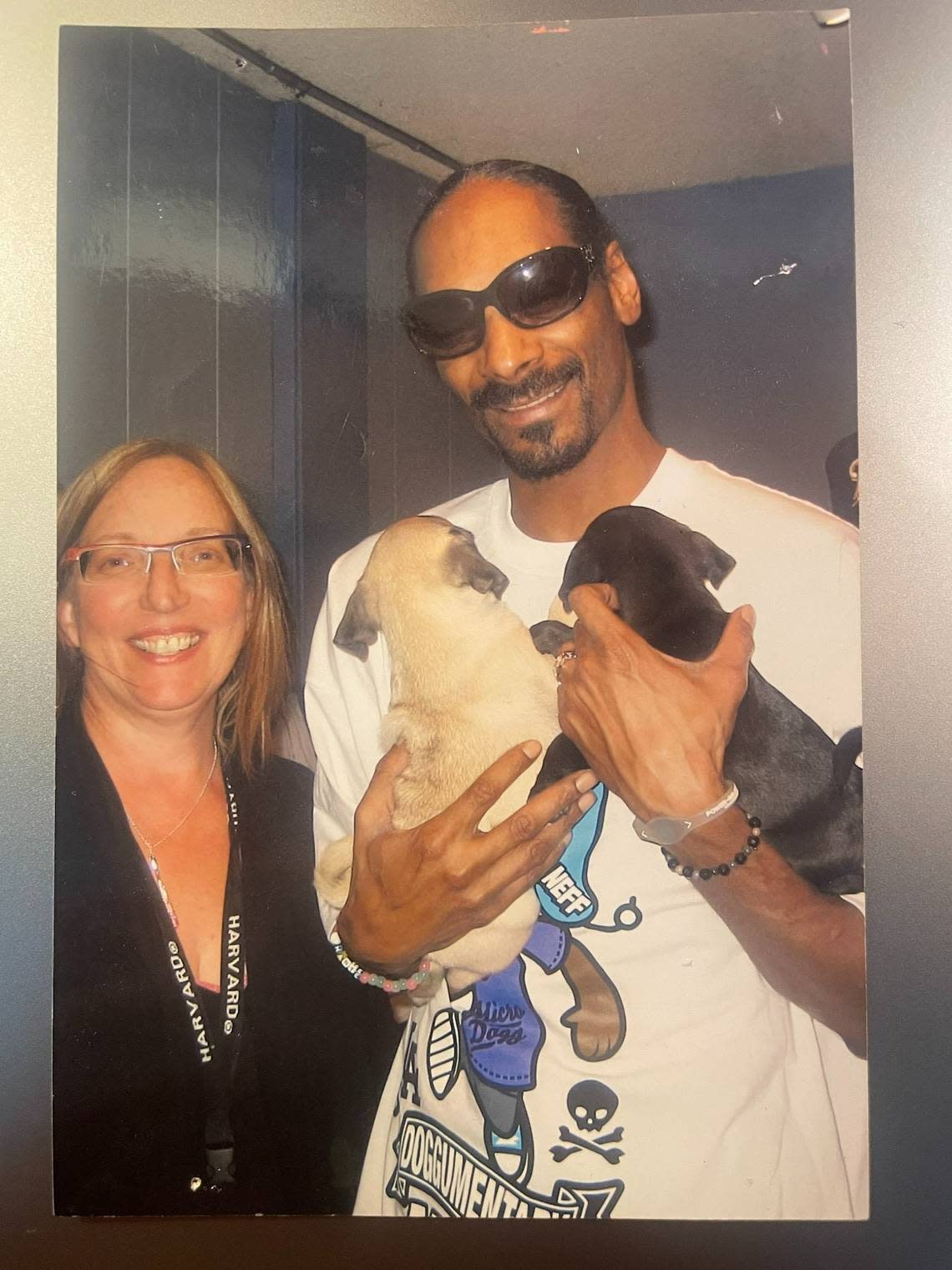
Snoop Dogg was a big fan of Leslie’s puppies when he came in 2012. She got him to hold Louie, named for Louis Armstrong, and Dolly, as in “Hello, Dolly!,” and then “had a hard time getting them back.”
Leslie said Snoop said, “Well, hello, doggy, doggy. This is your grand doggy, doggy.”
‘A cultural icon’
Depending on the year, the Cotillion has seen good times and tough times, such as Thomas and Hartke struggling to keep it viable through the pandemic.
Under the original owners, Richard Leslie said the Cotillion “never made a lot of money. Might have lost money. I’m not sure.”
In 1972, the ownership group sold the Cotillion’s frontage road property, which allowed a buyout for some of the investors. About half a dozen years later, his father bought out the remaining investors and went into business with his son.
Richard and Catherine Leslie sold to Thomas and Hartke in 2018.
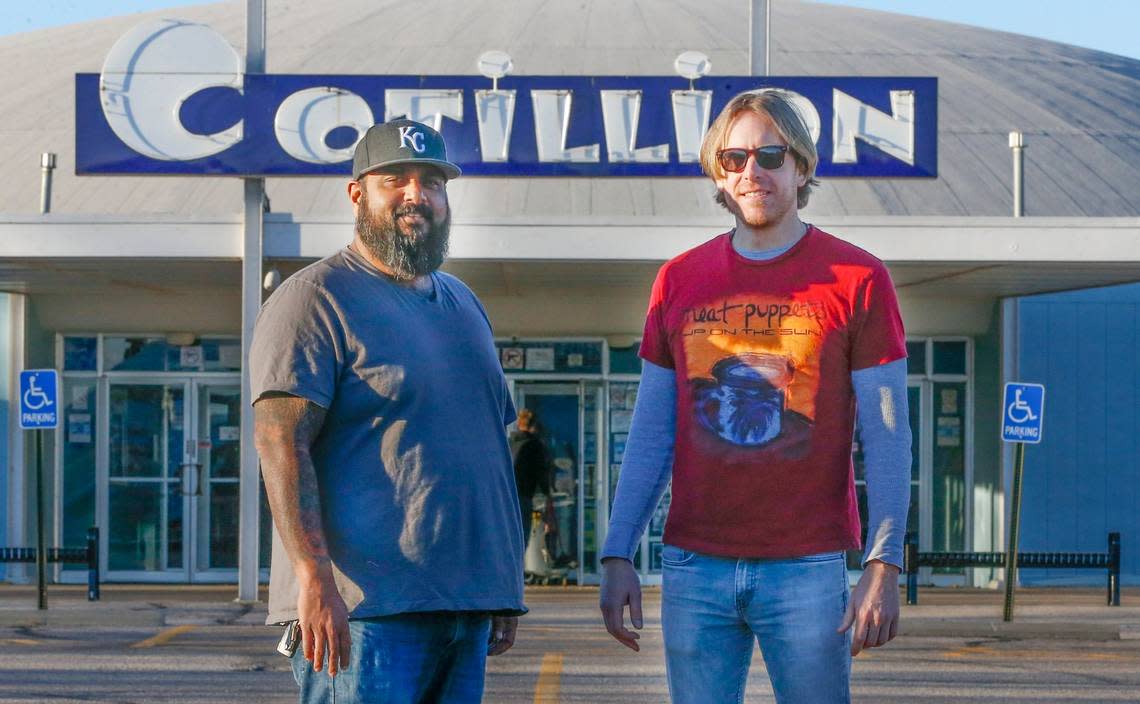
“It’s just a cultural icon,” said longtime Wichita radio personality Robb Morrison.
“Some of these legends that have been in and out of that building are unbelievable.”
However, he said they’re not who made the Cotillion what it is. Morrison said it’s the venue’s longevity that makes it special.
“It’s why it’s very culturally historic for this town,” he said. “It adapted for so many years. The face of music in this town has changed drastically.”
So, too, has the competition. There’s a lot more of it these days.
Morrison pointed out that some of the acts that used to go to the Cotillion now go to Hartke’s Wave venue downtown.
There’s also Intrust Bank Arena and a host of smaller venues.
The Cotillion may be one in a crowd these days, but Morrison said that’s all right.
“It’s still kickin’. ”

